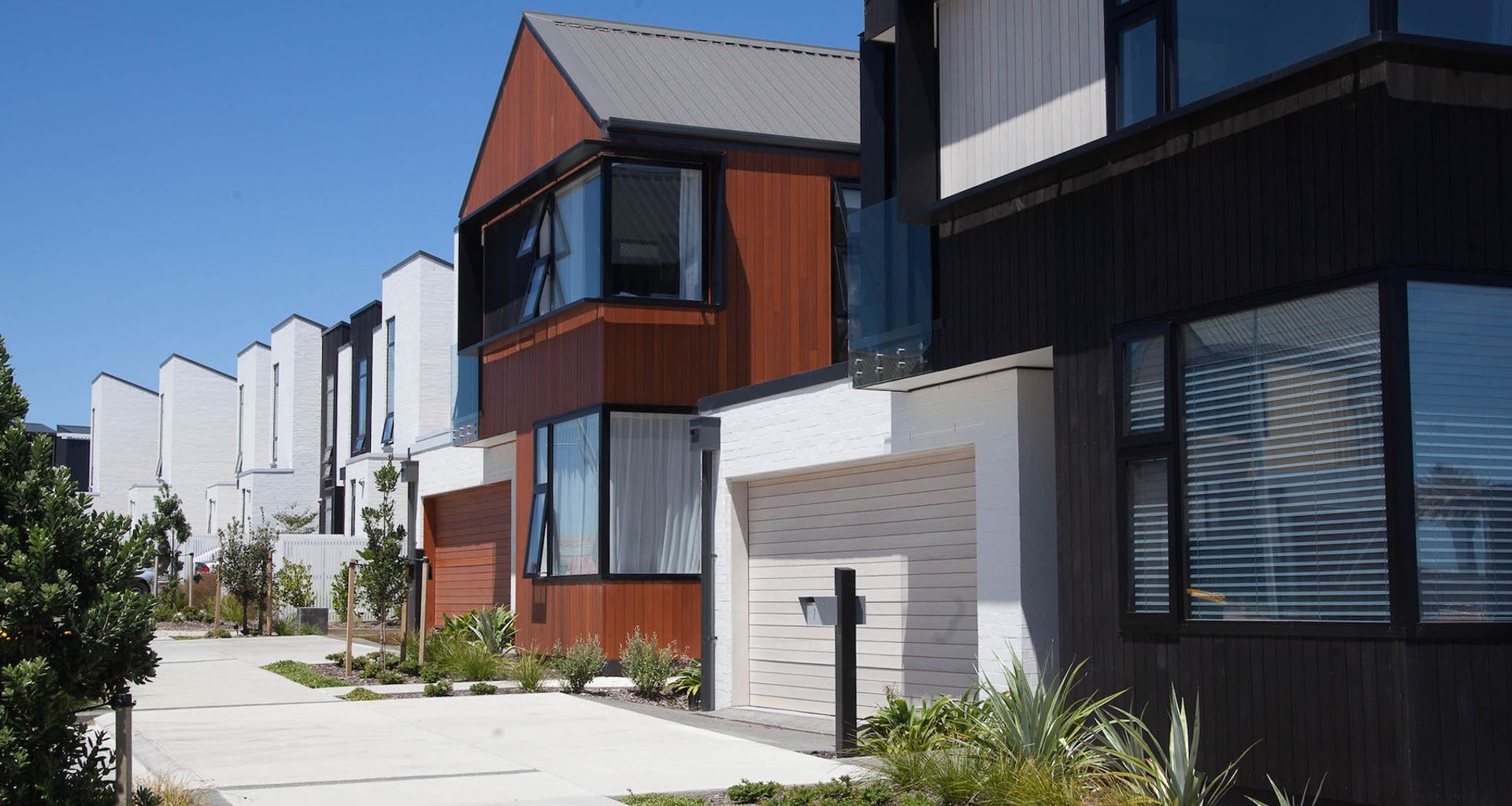Hobsonville Point takes off: Former airbase experiences rapid growth
Written by
13 March 2020
•
2 min read

Hobsonville Point, a once sparsely-populated airbase in Auckland’s north-west, is now a thriving masterplanned community, Census data released today by Stats NZ shows.
Massive growth in construction has taken place in the area since the 2013 Census. The 2018 Census recorded 402 dwellings under construction, compared with 15 in 2013, which accounts for just over 40 per cent of the dwelling construction in the Upper Harbour region.
Quality is not being sacrificed for quantity: only 1.8 per cent of homes were reported as sometimes damp, and only 1.1 per cent as sometimes having visible mould over an area larger than an A4 piece of paper. For other homes in the area, these figures are 13.3 per cent and 10.4 per cent, respectively.
The boom in new buildings correlates with a change in homeownership rates. In 2013, only 25.3 per cent of people in the area owned their homes; by 2018, that number was 63.9 per cent.
The data also shows Hobsonville Point has a large proportion of people with high incomes. A third of residents earned more than $70,000 per year (nearly double the national average) and the median income per person was $51,800, compared with $34,000 for the Auckland region.
A similar story can be told about education; 38.2 per cent of Hobsonville Point residents have a bachelor’s degree or higher, whereas only 25.2 per cent of Auckland residents do.
The masterplan for Hobsonville Point was developed by Panuku Development Auckland, the planning and development arm of Auckland Council. The Hobsonville Point website explains the area has been designed as a medium-density suburb, striking a balance between private sections and public spaces.
The data on Hobsonville Point was released today as part of Stats NZ’s Place Summaries Web Tool launch, an online resource for people to explore information from the 2018 Census.
“The tool allows people to see the characteristics of their community and compare them with their local board, city, or national results,” general manager of social and population insights Jason Attewell said.
<sup>Top banner image credit: Kāinga Ora</sup>